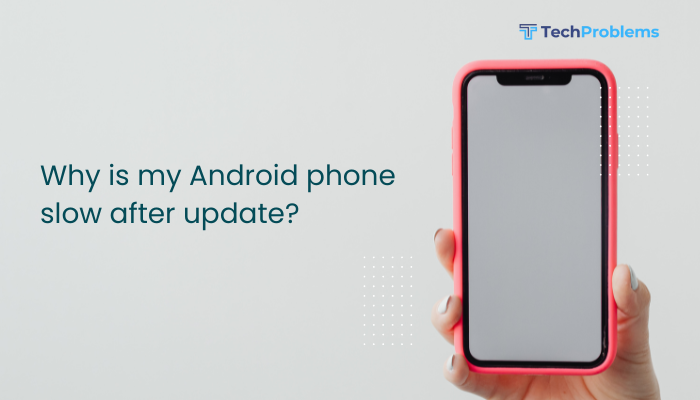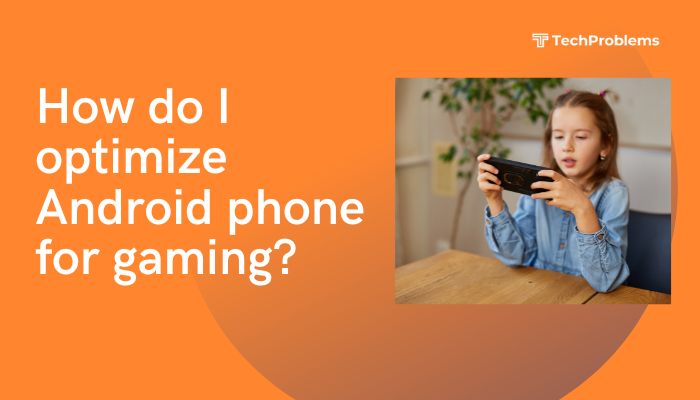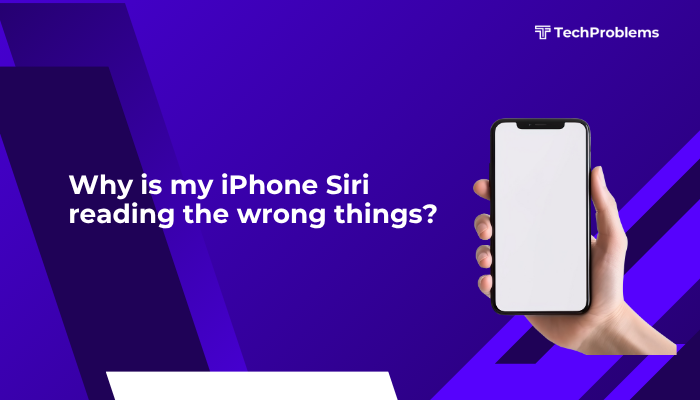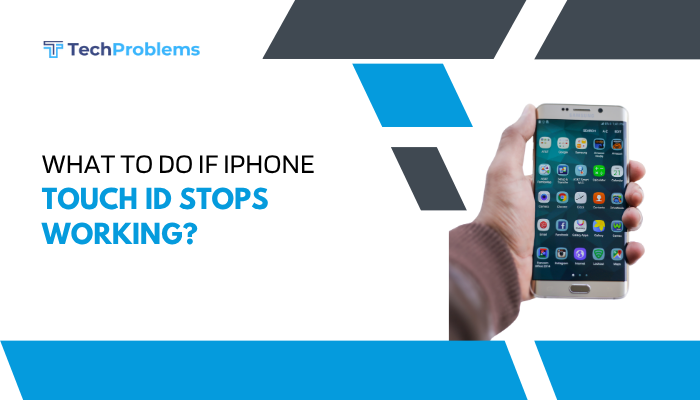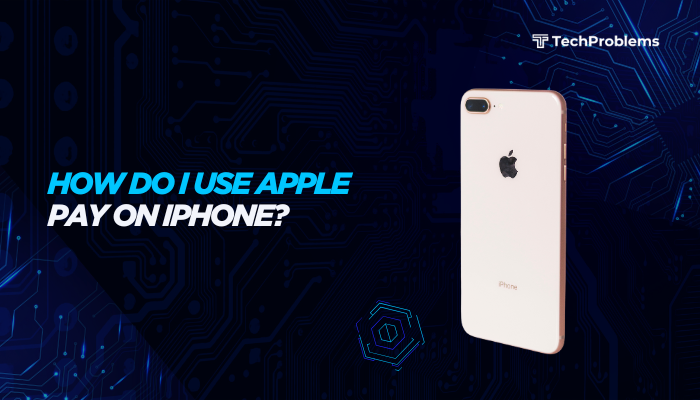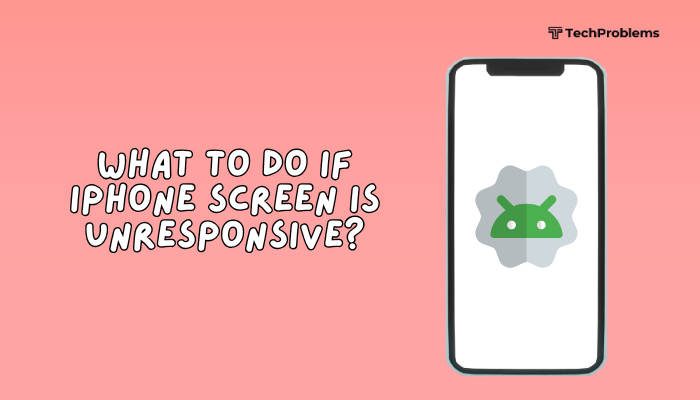Managing app permissions on your Android device is essential for both privacy and performance. Many apps request access to sensitive data like your location, microphone, camera, contacts, and more. While some permissions are necessary for app functionality, others may be excessive or intrusive. Learning how to review, grant, or deny these permissions gives you better control over your personal information and helps protect your device from potential misuse.
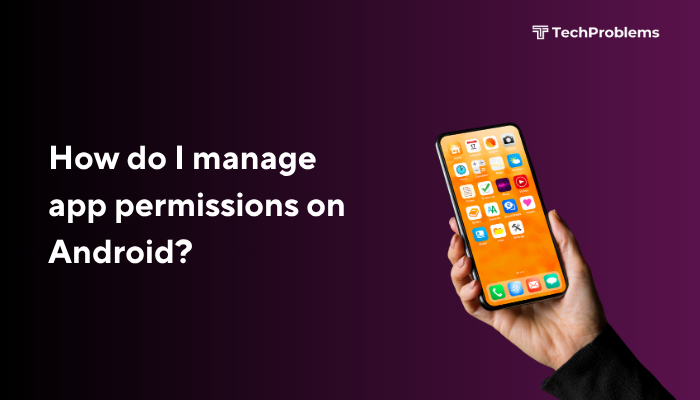
This guide will walk you through how app permissions work, how to manage them, and how to customize settings by app or by permission type on your Android phone.
What Are App Permissions?
App permissions are access rights that apps request to perform certain functions on your phone. These include:
- Location – GPS-based features like maps or weather
- Camera – Taking photos or videos
- Microphone – Voice notes or video calls
- Contacts – Social media or messaging integration
- Storage – Access files and photos
- Phone – Making calls or reading phone status
Permissions help apps function properly, but they can also be misused if granted carelessly—leading to privacy risks or unnecessary background activity.
Why Should You Manage Permissions?
- Protect your privacy – Prevent apps from accessing sensitive data unnecessarily.
- Improve performance – Reduce background processes and battery consumption.
- Avoid security issues – Block suspicious or rogue apps from accessing key phone features.
- Customize experience – Give access only to what each app truly needs.
How to Manage App Permissions on Android
The steps may vary slightly by Android version or brand (Samsung, Pixel, Xiaomi), but the general process is similar.
✅ Method 1: Manage Permissions by App
This method lets you review all the permissions an individual app has.
Steps:
- Open the Settings app.
- Tap Apps or Apps & notifications.
- Tap See all apps.
- Select the app you want to review.
- Tap Permissions.
You’ll now see a list of all permissions the app has Allowed or Denied. Tap each one to allow, deny, or select “Ask every time.”
Example:
- For WhatsApp, you might allow access to Contacts, Camera, and Microphone, but deny Location.
✅ Method 2: Manage Permissions by Permission Type
This view helps you see which apps are using specific permissions (e.g., which apps have access to your location).
Steps:
- Go to Settings > Privacy > Permission manager
(On some devices, go to Settings > Apps > Permission manager). - Tap on a permission type (e.g., Location, Camera, Microphone).
- You’ll see apps categorized into:
- Allowed all the time
- Allowed only while in use
- Not allowed
- Tap any app to change its access level.
✅ Method 3: Review Permissions Immediately After App Install
Android 11 and later ask for permissions on first use. You can:
- Tap Allow only while using the app
- Tap Ask every time
- Tap Don’t allow
Choose the least intrusive option unless the app clearly needs full-time access.
Tips for Managing Permissions Effectively
Use “While Using the App” Instead of “Always”
- Only give apps access to your location or microphone while they’re open and active.
Revoke Unused App Permissions
- Go to Settings > Privacy > Permission manager regularly to remove permissions from rarely used apps.
Uninstall or Disable Untrusted Apps
- If an app requests too many permissions and you’re unsure why, consider uninstalling it.
Enable Auto-Remove Permissions
- Android 11+ automatically removes permissions from unused apps after a few months.
Steps:
- Go to Settings > Apps > [App Name] > Permissions.
- Turn on Remove permissions if app isn’t used.
Use App Clones with Fewer Permissions (Optional)
- Use Lite or web versions of apps like Facebook or Twitter, which may require fewer permissions.
Common Permissions to Monitor Closely
| Permission | Use Case | Potential Risk |
| Location | Navigation, weather, food delivery | Tracks your whereabouts continuously |
| Microphone | Voice messages, calls | Can record you without knowledge |
| Camera | Video calls, scanning | May take photos without your consent |
| Contacts | Messaging, social apps | Exposes contact list to third parties |
| Storage | File sharing, media apps | Can read, write, or delete files |
Troubleshooting Permission-Related Issues
- If an app is not functioning correctly, check if a needed permission is denied.
- If your phone is lagging or battery drains fast, review apps with background permissions.
- If you receive pop-ups or data leaks, inspect newly installed apps and their permissions.
Third-Party Tools for Permission Management (Advanced Users)
- Bouncer – Temporarily grants permissions only when you’re using the app.
- GlassWire – Monitors data usage and background activity.
- AppOps – Advanced tool for rooted users to control low-level permissions.
Use these tools with caution, especially if they require root access or extensive device control.
Conclusion
Managing app permissions on Android gives you control over what apps can access and how they use your data. It’s one of the simplest yet most effective ways to enhance your device’s security, privacy, and battery performance. By regularly reviewing permissions by app or category, revoking unnecessary access, and being cautious with new app installations, you can enjoy a safer and more efficient Android experience.

